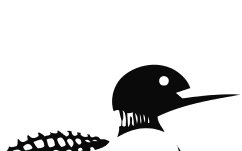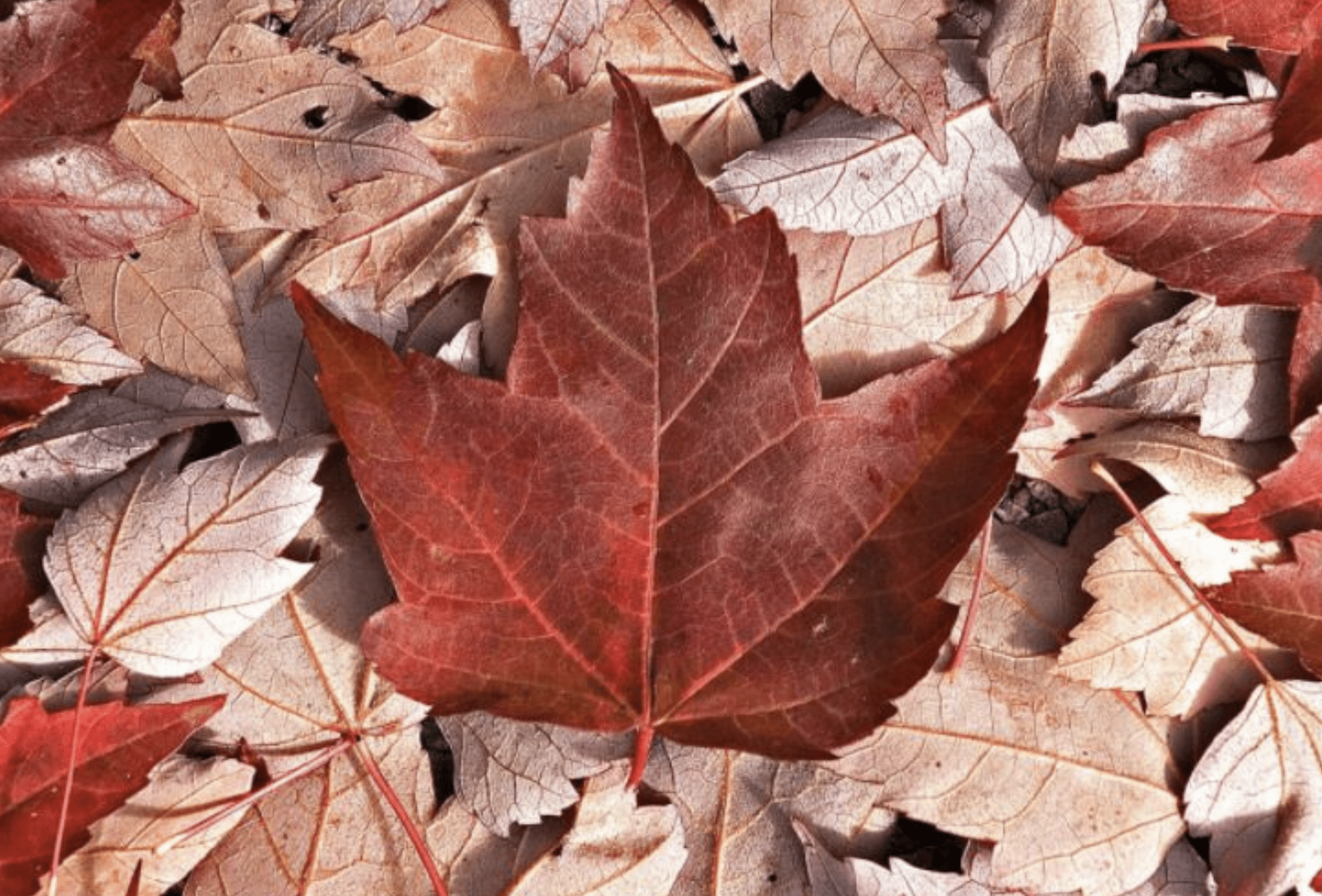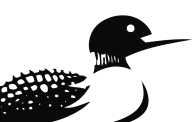
‘Should we allow intruders to rob our homes?’
Doug Ford says ‘something is broken’ after Ontario man charged with assaulting armed home intruder — Kenn Oliver, Aug. 20; ‘It’s pretty straightforward’: Danielle Smith objects after Ontario man charged with assaulting home intruder — Rahim Mohamed, Aug. 21; and Report finds judges’ $414,900 salary ‘inadequate’ to attract top talent, recommends $28,000 raise — Christopher Nardi, Aug. 20
Around 3:30 a.m. on Monday Aug. 18, a man awoke to find an intruder in his home in Lindsay, Ont. There was an altercation between the two, with the homeowner getting the best of the fracas. He sent the intruder to hospital with serious injuries.
In addition to charging the intruder — who was already wanted by police — with possession of a weapon for a dangerous purpose, break, enter and theft, mischief under $5,000 and failing to comply with a probation order, the Kawartha Lakes Police decided to charge the homeowner with assault. This is how police react to someone who tries to defend their home and family from criminals who break into their homes.
In a somewhat similar incident in June, a 35-year-old man was charged with firearm offences when he fired his gun at five individuals who were trying to steal his car. York Regional Police stated “Discharging a firearm in a residential area is extremely dangerous … Taking justice into your own hands is not the answer.”
To these intrepid officers of the law I would ask, “What is the answer? Should we allow intruders to rob our homes? Possibly harm our families? What would you do if you woke up to some stranger in your home in the middle of the night?”
Brian Forrest, Toronto
I was surprised to learn that a commission reviewing judicial compensation has concluded that judges’ salaries must be increased at least by $28,000 from their current level of $414,900 to continue to attract “outstanding candidates.”
From my observation, we need a performance assessment mechanism way more than we need a salary hike. Far from attracting top talent to the bench, we have been burdened with an abundance of arrogant, overpaid jurists who fail to stay in their lane and make a mockery of justice by releasing career criminals to continue their crime sprees while supporting the prosecution of innocent homeowners who defend themselves against armed intruders.
What we need is an influx of new judges dedicated to traditional by-the-book justice, rather than personal enrichment.
Barry Francis, Toronto
‘Has the Canadian government completely lost its moral compass?’
Re: From hotels, to wine and candy: Canada spent $170K to bring back women who joined Islamic State — Tyler Dawson, Aug. 15; and Sask. University, advocacy group raising money for women at risk of deportation, death in Afghanistan — Fakiha Baig, Aug. 15
The cognitive dissonance occasioned by last Saturday’s paper should cause heads to ache — even spin — across the country. We discover the government spent $170,000+, including business-class flights, to repatriate women who voluntarily left Canada to embrace terrorism and join the Islamic State. Then we learn of the plight of 30 Afghan women for whom the University of Regina is trying to raise the funds to bring to Saskatchewan. Having already fled Afghanistan because of the danger to educated women, they now face deportation from their base in Qatar, and imminent torture and death by the Taliban.
Has the Canadian government completely lost its moral compass, “saving” terrorist suspects while not issuing visas to these deserving women? Their deportation deadline is Aug. 31. Why can’t the government align with the conscience of Canadians and immediately issue visas to these Afghan women who deserve to come to Canada? They would be happy to fly economy.
Jacqueline Murray, Guelph, Ont.
German postal service not one to emulate
Re: Privatize Canada Post and end its monopoly — Gabriel Giguère, Aug. 14
In a recent op-ed, the Montreal Economic Institute’s Gabriel Giguère made the case for privatizing Canada Post and “eliminating” its “monopoly over regular letter mail,” holding up Germany as a model to follow. But his analysis left much to be desired.
Despite a population density 60 times greater than Canada’s, Germany’s stamps are more expensive than Canada’s. What’s more, according to a recent study by the U.S. Postal Service Office of the Inspector General, Germany’s stamp prices rose by 21 per cent in the years 2018-2023, while Canada’s rose just seven per cent.
Giguère suggests market “reform” has led to a great flourishing of new competitors in the German postal market. Yet while there are nearly “400 different companies” offering postal services, Deutsche Post/DHL, the former state-owned operator, continues to dominate with about 86 per cent of the letter market.
It’s simply not the case that market competition improves customer service. According to German public broadcaster, DW, “German consumer complaints about DHL and Deutsche Post reached record highs in the first half of 2025. Letters and parcels are getting damaged, delayed, delivered to the wrong address — or just disappear.”
It is no coincidence that customer complaints began to mount precisely when DHL and Deutsche Post initiated “restructuring” campaigns, leading to the layoffs of thousands of postal workers, and far greater pressure on the workers still on the job.
While Germany can offer our public postal service lessons, privatization is not one of them.
Jan Simpson, National President, Canadian Union of Postal Workers
Mark Carney’s Star Trek dilemma
Re: Poilievre’s win means Carney’s cakewalk is over — Terry Newman, Aug. 20
In Star Trek lore there is a test at the Star Fleet Academy called the “Kobayashi Maru,” which teaches cadets how to manage a no-win scenario.
Prime Minister Mark Carney is facing a Kobayashi Maru test where he must decide whether the United States or China will be Canada’s largest economic partner.
Option One is that Canada becomes the 51st state and joins the strongest economy in the world, and America’s prosperity becomes Canada’s prosperity. Reject Option One and the Canadian manufacturers who export to the United States will suffer greatly, including the Canadian automotive sector.
Option Two is totally co-operating with China. This will put Canada’s agri-food and fish sector back on the tracks (valued at US$7.6 billion in exports to China in 2022). However the price of China becoming Canada’s best customer will be borne by our automotive sector — especially EV battery manufacturers. Furthermore, a China free trade agreement could never be paused or modified in the event of Chinese human rights violations or an invasion of Taiwan.
Yesterday is gone. The world is quickly changing and we must pick a side. Option One or Option Two? If we do nothing, we will in effect have chosen an Option Three, where a non-aligned Canada lives in a downward spiral of ever expanding poverty. Kobayashi Maru indeed …
Chris Robertson, Stony Plain, Alta.
Prime Minister Mark Carney finds he’s criticized if he does or damned if he doesn’t. Letter writers and columnists seem unhappy with his tempered approach to tariffs, but many Canadians support him. The softwood, steel, oil, aluminum and auto industries along with fisheries and farmers are all looking for government financial support while economists are calling for government spending cuts and debt reduction. What would you do in this situation?
Peter J. Middlemore Sr., Windsor, Ont.
‘Florence Nightingale must be rolling in her grave’
Re: Fining nurse Amy Hamm $93,000 a grotesque attack on free speech — Michael Higgins, Aug. 18
The British Columbia College of Nurses and Midwives’ egregious disciplinary action and grotesque fine against nurse Amy Hamm sounds eerily reminiscent of that of the Ontario College of Psychologists and Behaviour Analysts against esteemed psychologist and commentator Dr. Jordan Peterson.
The role of professional associations was assumed to provide standards of practice that would enhance the profession and engender respect from the public that they serve. The gender-obsessed mob have now highjacked said professions such that freedom of expression has all but been excised like some noxious tumour. “Death to Israel” is acceptable free speech on our streets, without impunity, but “I ♥️ J.K. Rowling” is grounds for suspension?
According to StatCan, more than 27,000 citizens and permanent residents left Canada in the first three months of this year — the second-highest first-quarter total since 2017. Is it any wonder, given the unserious nature of discourse in this country?
Florence Nightingale must be rolling in her grave.
Susan Silverman, Toronto
More than hospital researchers culpable in killing of dogs
Re: Puppies secretly tested and killed at Ontario hospital for human heart research — Jenna Olsen and Robert Cribb, Investigative Journalism Bureau, Aug. 7; and Hospital ends dog research studies, Aug. 12 (print)
Kudos to the team at the Investigative Journalism Bureau (IJB) and the brave souls who came forward to expose the experimentation on and killing of puppies and young dogs at St. Joseph’s Hospital in London, Ont. A truly galling aspect of this story is that this was not a situation of a scientist going rogue. Dr. Lisa Porter and her team’s work would have been approved by the institution’s oversight body and was funded by taxpayers and by the Heart and Stroke Foundation, among others. The Canadian Food Inspection Agency (which regulates dogs entering Canada) and the transport agencies also knew the dogs were being brought in. They are all culpable.
Anne Birthistle, North Vancouver
Your investigation into the cruel puppy heart experiments at St. Joseph’s Hospital exposed unbearable suffering. This reporting — alongside Postmedia, the Investigative Journalism Bureau and the courageous whistleblowers — shows the power of journalism to confront animal cruelty and effect change.
Today we have technology and AI-driven research that make animal testing obsolete. Humane alternatives exist; society must embrace them instead of clinging to outdated, cruel practices.
Thank you to the Investigative Journalism Bureau for doing what is morally right. Animal lovers across Canada are counting on the National Post to keep shining a light — until the cages are empty and animal testing is history.
Judith Goldberg, Richmond Hill, Ont.
TIFF management ‘cowered behind doublespeak’
Re: Toronto film festival is ‘working with the filmmaker’ to get pulled Oct. 7 documentary screened, executive says — Chris Knight, Aug. 13; and TIFF CEO apologizes for ‘hurt, frustration’ caused by cancelling October 7 documentary — Ari David Blaff, Aug. 20
The contrast could not be more stark. Canadian filmmaker Barry Avrich made a film based on the true story of IDF Gen. Noam Tibon, who risked his life rushing to Kibbutz Nahal Oz in Israel to save his son’s family from the Hamas pogrom of October 7, 2023. The story of Gen. Tibon is a study in love of family, commitment, valuing life and pure heroism in the face of a murderous rampage of unbridled hate, slaughter, rape, torture and kidnappings.
The values that motivated Gen. Tibon are the same values that Canada embraces — or are they? Some Canadians, it seems, would rather bow to the Hamas terrorists and their cosplaying supporters here, than follow Gen. Tibon’s example and stand up for the values they purport to represent.
How much starker could the contrast be between the hero of “The Road Between Us,” and the management of TIFF cowering behind doublespeak of “legalities” and “clearing rights,” all of which is a bit of a joke, since the footage of the atrocities was taken directly from the body cams worn by the terrorists and uploaded indiscriminately to social media.
Even though TIFF eventually reversed its decision, its cowardly actions are only the latest example of the mewling, puling nation we have devolved into. In the free-for-all onslaught of Jew-hatred that has engulfed our nation, our politicians weakly remind us that “this is not who we are.” Well, then, if this is not who we are, who are we? And more to the point, who do we aspire to be?
E. Joan O’Callaghan, Toronto
A beef about steak story
Re: Why your steak sucks this summer — Terry Newman, July 29
I would like to clarify comments attributed to me in the recent article about the quality of steaks being sold in Canadian grocery stores this summer.
While I provided technical information about Canada’s beef-grading system and some of the main differences between the U.S. and Canada, the article mischaracterized both my position and that of the Canadian Beef Grading Agency (CBGA).
The wording implied that I agreed with another contributor’s comments describing the U.S. system as being more detailed and market-driven. I did not use this language, nor does it reflect the CBGA’s position. My input was limited to outlining factual distinctions, such as marbling standards, carcass qualifications, yield classifications and grading criteria.
In reality, Canada’s maturity assessments are significant, and we certify many market-driven branded programs — including those offered in both countries — such as Certified Angus Beef, Sterling Silver, Certified Tender and 1855. Our quality and yield grades are aligned with the U.S., with ongoing cross-border collaboration to ensure consistency.
Amanda Bennett, Executive Director, Canadian Beef Grading Agency
National Post and Financial Post welcome letters to the editor (250 words or fewer). Please include your name, address and daytime phone number. Email letters@nationalpost.com. Letters may be edited for length or clarity.

















